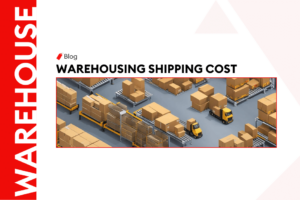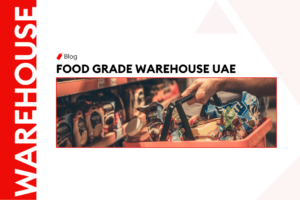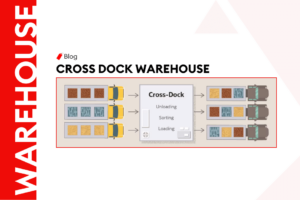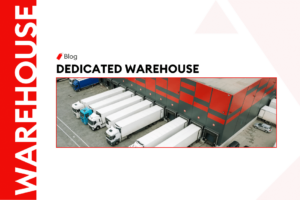Unlock seamless logistics solutions to foster dynamic trade growth between the UAE and Oman.
UAE - Oman
Routes
Get detailed insights into the primary logistics routes between the UAE and Oman.
Route Details:
Explore the most efficient trade routes connecting the UAE and Oman. These routes are optimized for various transit modes, ensuring timely and reliable delivery of goods.
Frequently Asked Questions (FAQ)
What are the major airports and seaports in Oman that support cargo operations?
Major airports include Muscat International Airport with a capacity of 350,000 tonnes/year and Salalah International Airport with 200,000 tons/year capacity. Key seaports are Port of Sohar with a capacity of 2 million TEU/year, Port of Salalah handling 4.5 million TEUs/year, Sultan Qaboos Port, and Duqm Port with a capacity of 5 million tonnes annually.
What documents are required for importing goods into Oman?
Essential documents for importing into Oman include the Commercial Invoice, Certificate of Origin, Packing List, Bill of Lading/Airway Bill, Import License (for restricted items), Customs Declaration Form, and Insurance Certificate.
What are the customs duties and VAT rates in Oman and the UAE?
In both Oman and the UAE, the standard customs duty rate is 5% for most imported goods. VAT is set at 5% in both countries, with specific exemptions for items like basic food products, healthcare, and education.
What are the restricted or licensed goods for trade between the UAE and Oman?
Restricted or licensed goods include alcoholic beverages, pharmaceutical products, chemical substances, defense and security equipment, religious materials, broadcasting equipment, animal products, and agricultural products. These goods require special permits, licenses, or certifications such as veterinary and phytosanitary certificates.
What are the leading import and export commodities between the UAE and Oman?
Oman's leading import commodities include machinery and equipment, vehicles and spare parts, electrical appliances, mineral fuels and oils, and iron and steel. The UAE's top imports are electronics, food and beverages, automobiles, gold and precious metals, and pharmaceutical products. Oman primarily exports crude oil and petroleum products, natural gas, minerals, fish and seafood, and dates and agricultural products, while the UAE exports petroleum products, aluminum and metal products, electronics, plastics, and textiles and garments.
Related Articles
Anything you need, We’re here to Help

Chat With Us
Effortlessly schedule your next shipment with us for reliable and timely delivery.

Request a Quote
Receive a personalized shipping quote that meets your specific logistic needs.









